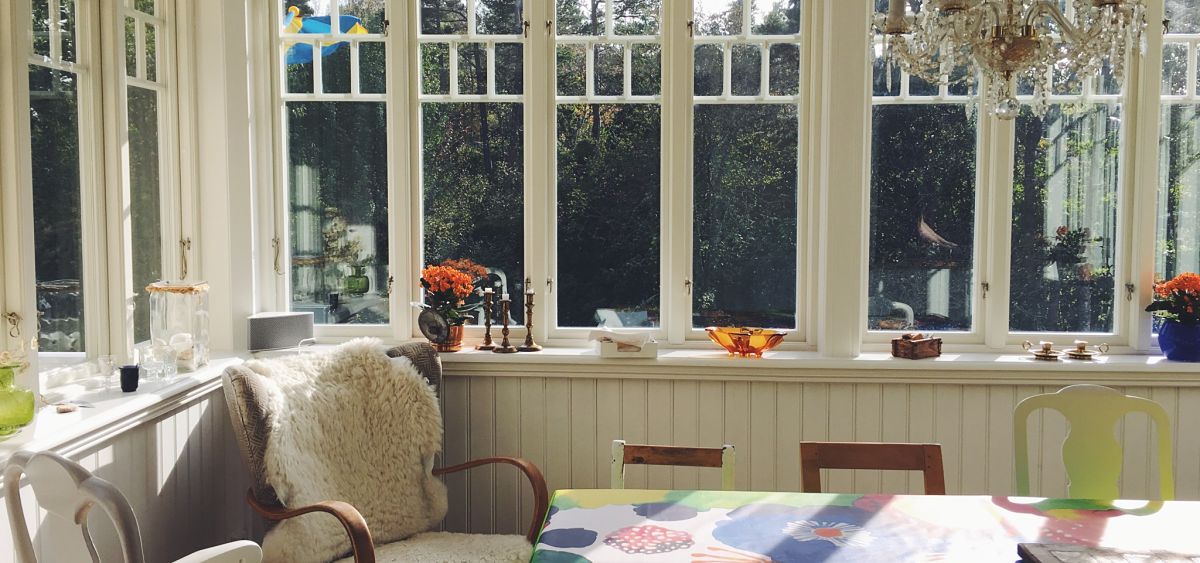“Lagom” the new Scandinavian lifestyle

In 2016, the Danish word “hygge” floated abroad and wrapped us up in the fantastical and cosy myth encapsulating Danish lifestyle. Hygge is loosely translated as concept rather than a tangible thing; it’s a feeling of comfort, warmth and relaxation or better yet: “it’s the art of creating intimacy”. A hyggelig environment is best brought to life with a large knitted blanket, roaring fireplace and a steaming cup of gløgg (mulled wine) or coffee; an idyllic moment of tranquillity and disconnectivity, forgetting the woes of life for a moment. Succinctly put by Meik Wiking of Copenhagen’s Happiness Research Institute, “What freedom is to Americans, hygge is to Danes”. It has been pondered as a key ingredient as to why the Danes are ranked as the happiest in the world.
This manifestation of hygge is counter to the extreme vision of Danish life that’s portrayed in the Nordic noir television thrillers that radiate chills through the gruesome murders and dark hellish winters portrayed in The Killing by Søren Sveistrup and the Danish/ Swedish drama The Bridge. Regardless, hygge is such an important part of Danish culture that the official Visit Copenhagen site includes a guide on where to “find hygge” in the city.
While hygge had its moment, the new fad is the Swedish import of “lagom”. Similar to hygge, lagom captures a concept best described as “not too much, not too little”, but rather than a feeling, it’s an “ethos of moderation”. But how can this be applied to everyday life? Milk. In Sweden, they covet their mellanmjölk or semi-skimmed milk that’s the the perfect balance between a full fatty whole and a lean and watery skim. Or the ever-popular Scandinavian design aesthetic: function over form. Design that’s both practical for everyday life yet also boasts high quality design standards and isn’t overly adorned — design that symbolises lagom.
Illustrating the marketability of lagom is, of course, Ikea. It’s launched a project, Live Lagom which shows how living lagom can massively improve your life. The home furnishing brand is hoping to show people that living a balanced life, not depriving your self nor overindulging, can make sustainability affordable and accessible. Ikea has even provided us with a definition on how to become a lagomer: “making small changes to your everyday life to minimise environmental impact, being thrifty with resources and enjoying a fun, happy and balanced life”.
While hygge may inspire us to curl up and enjoy a moment, lagom might encourage us to live in a more balanced lifestyle as a whole. We’ll look to these Scandinavian words for inspiration in living healthier and happier lives…until the next one comes around from Norway.

